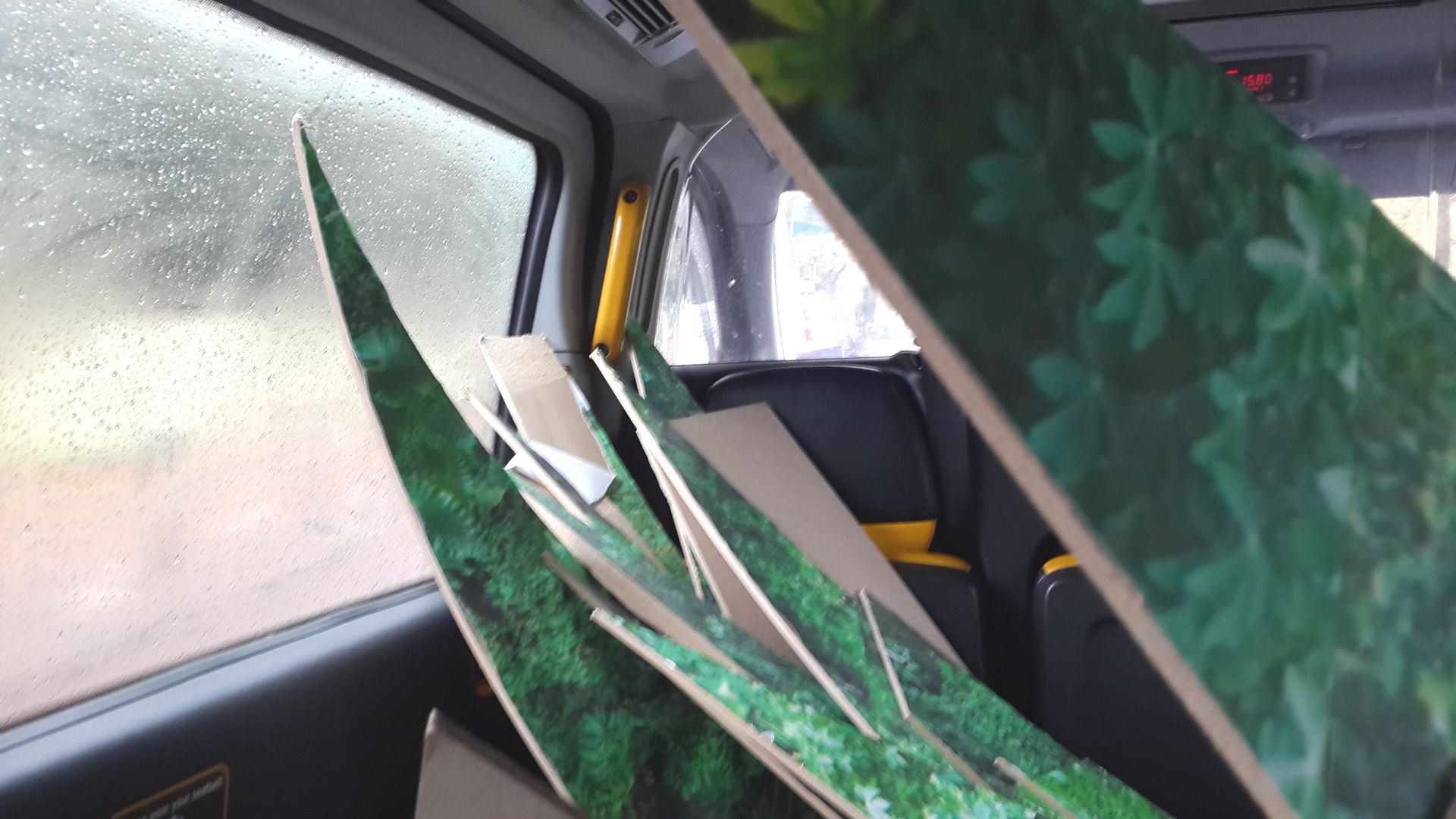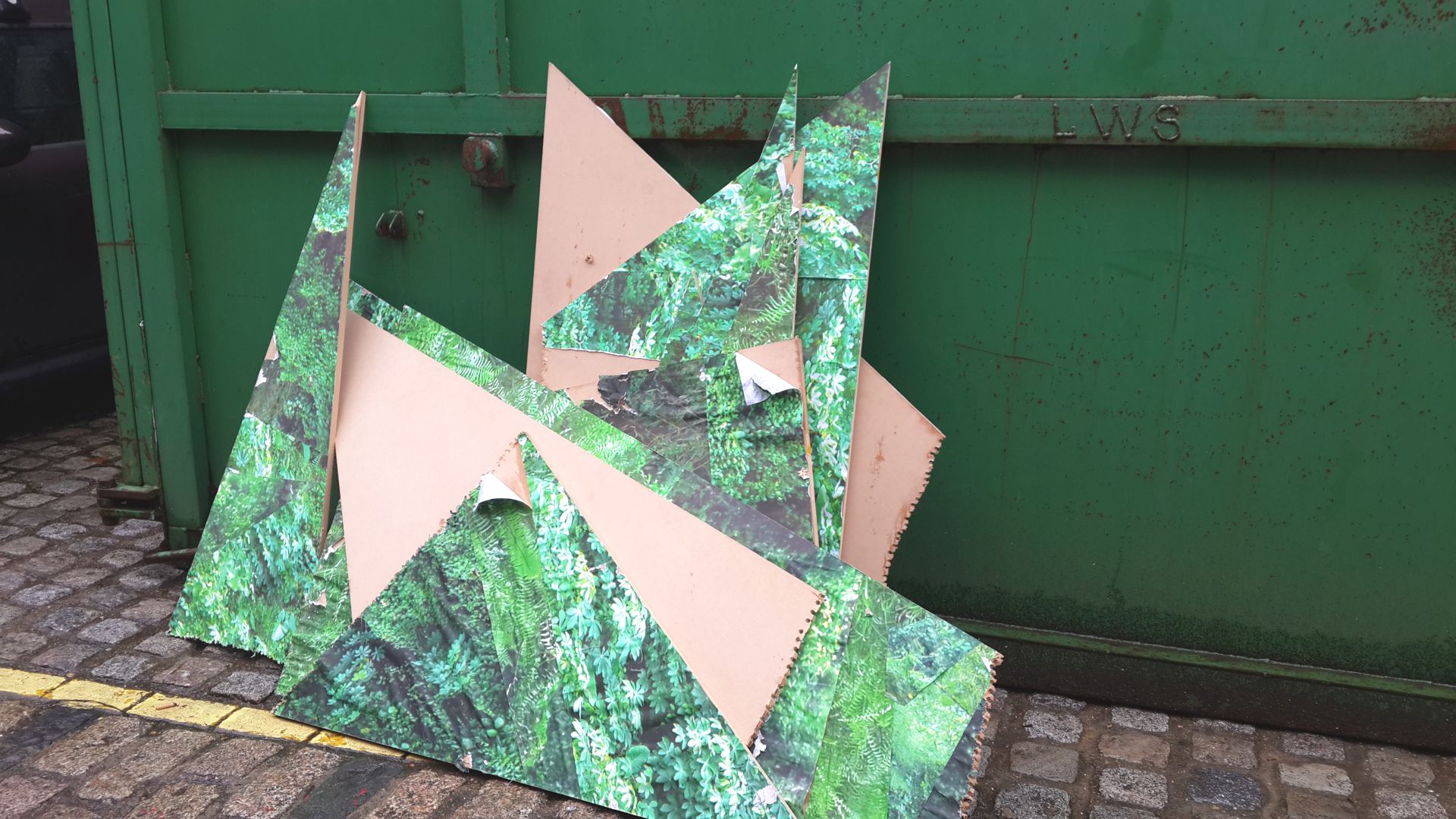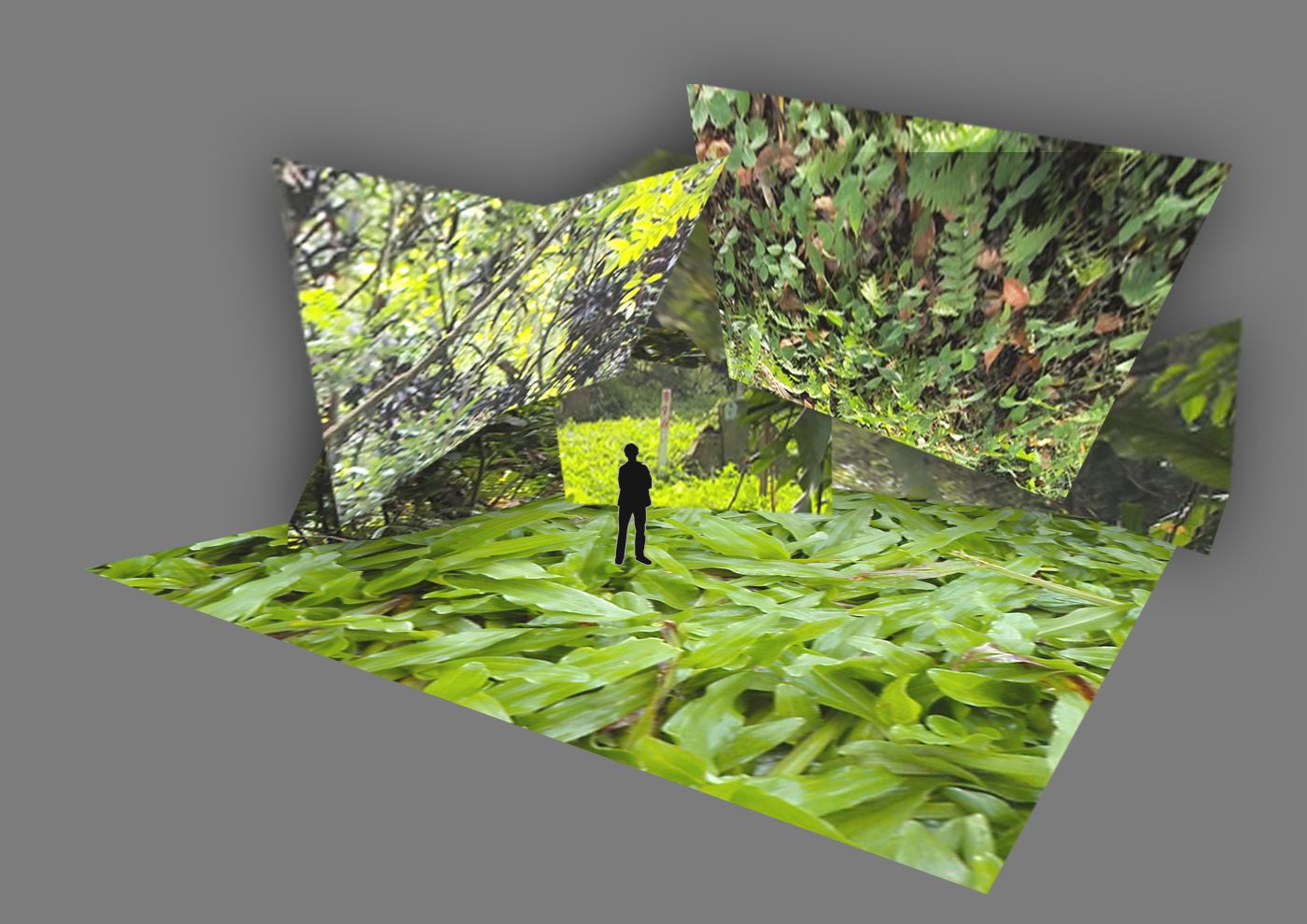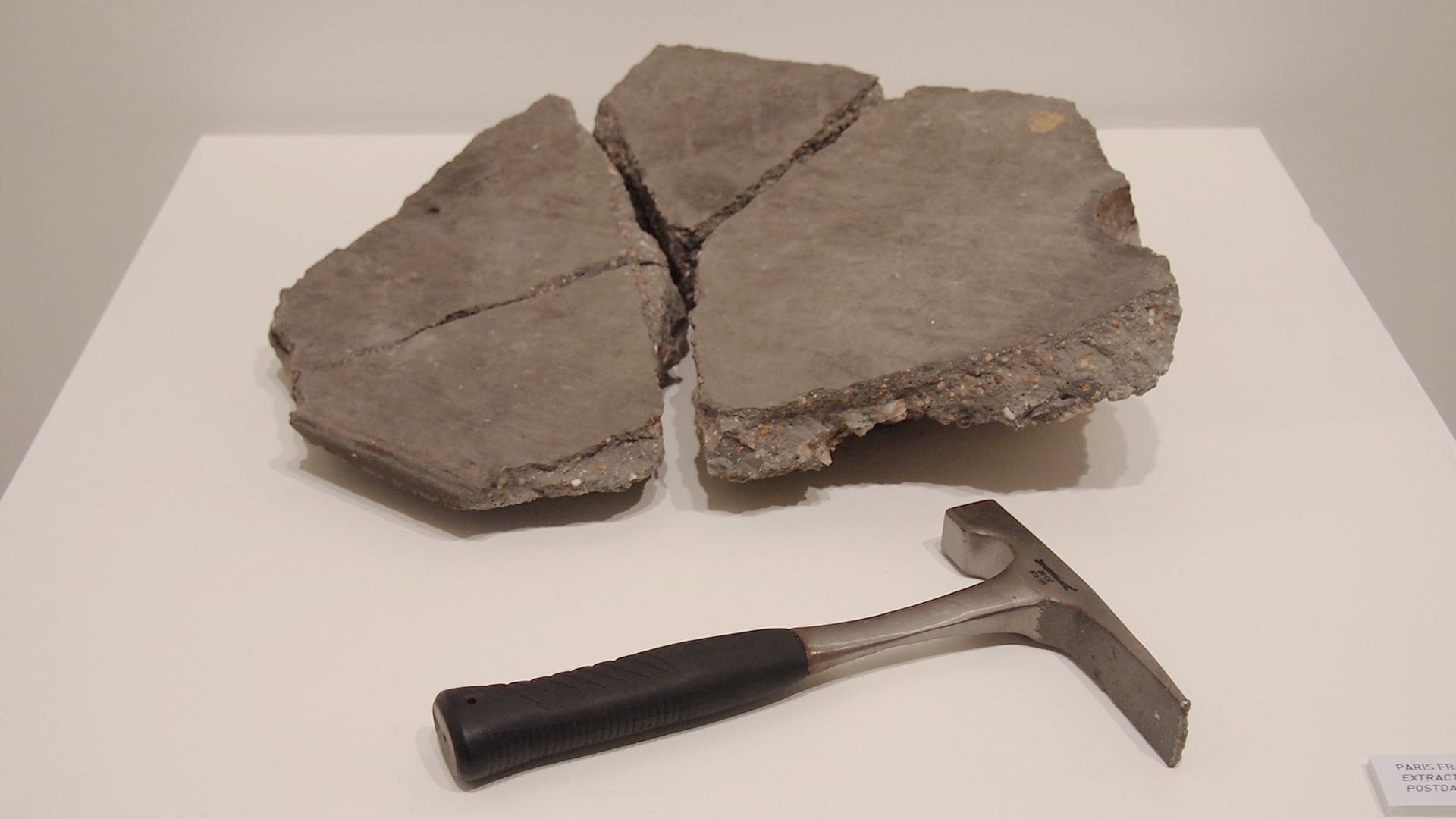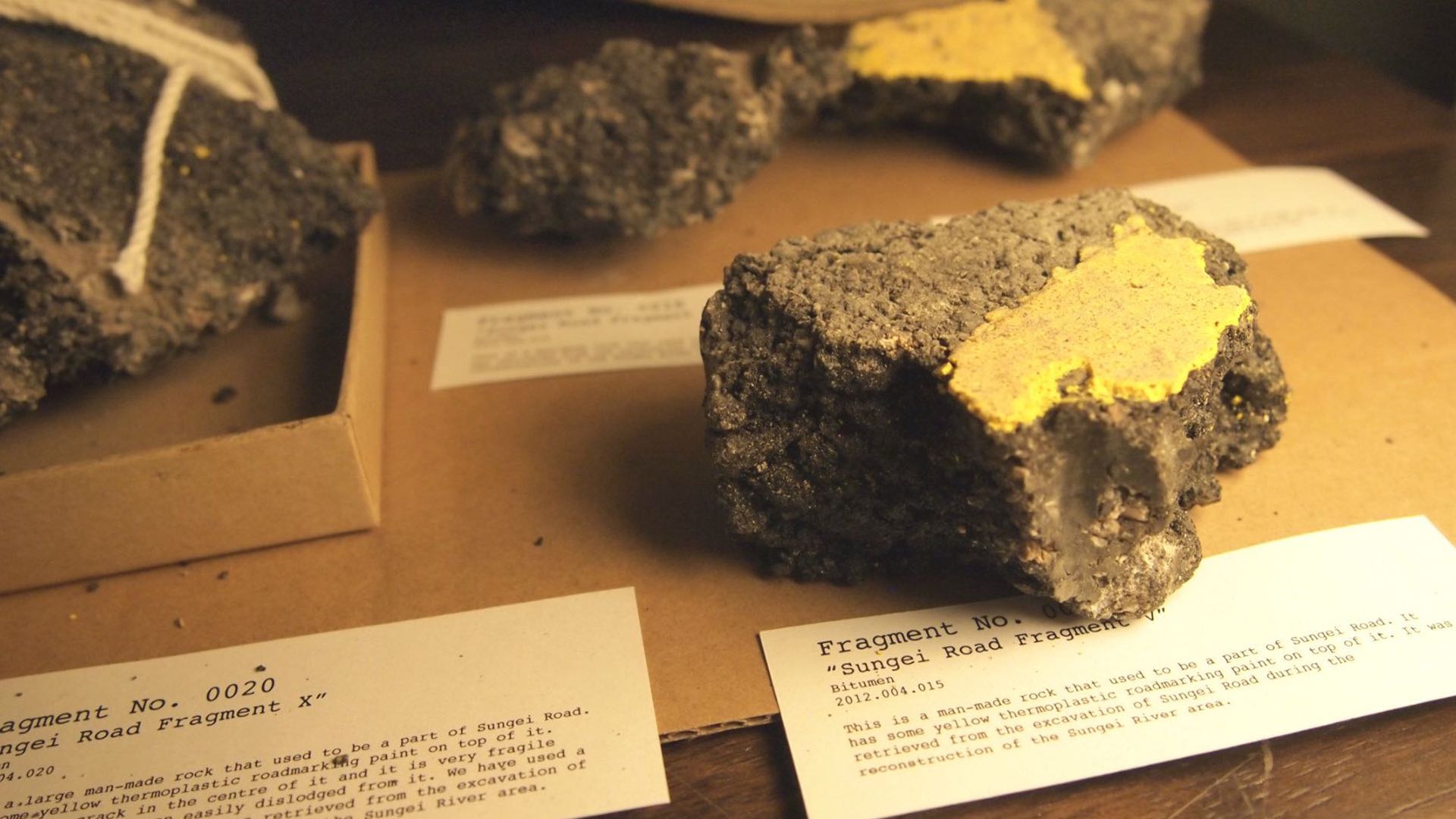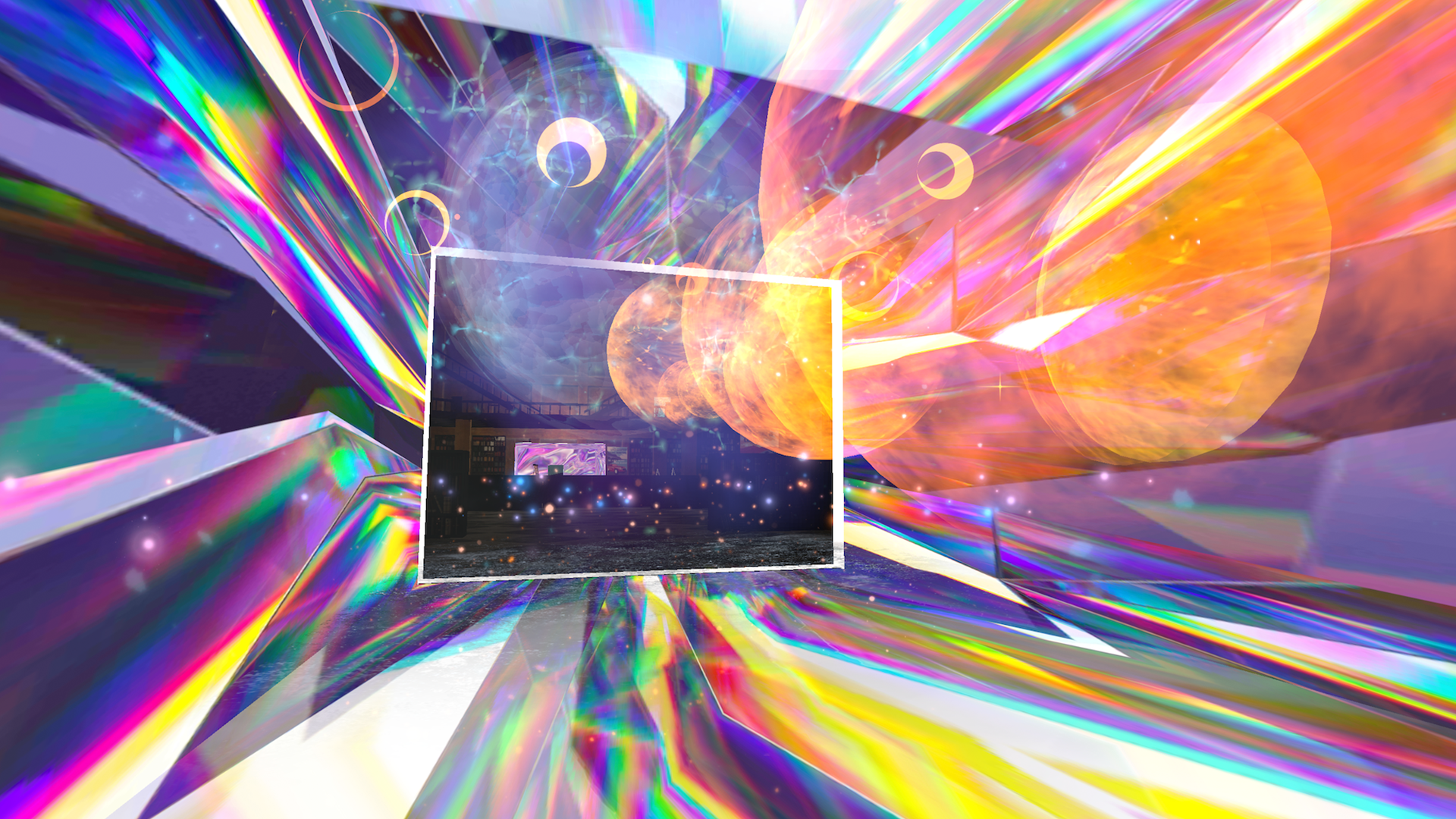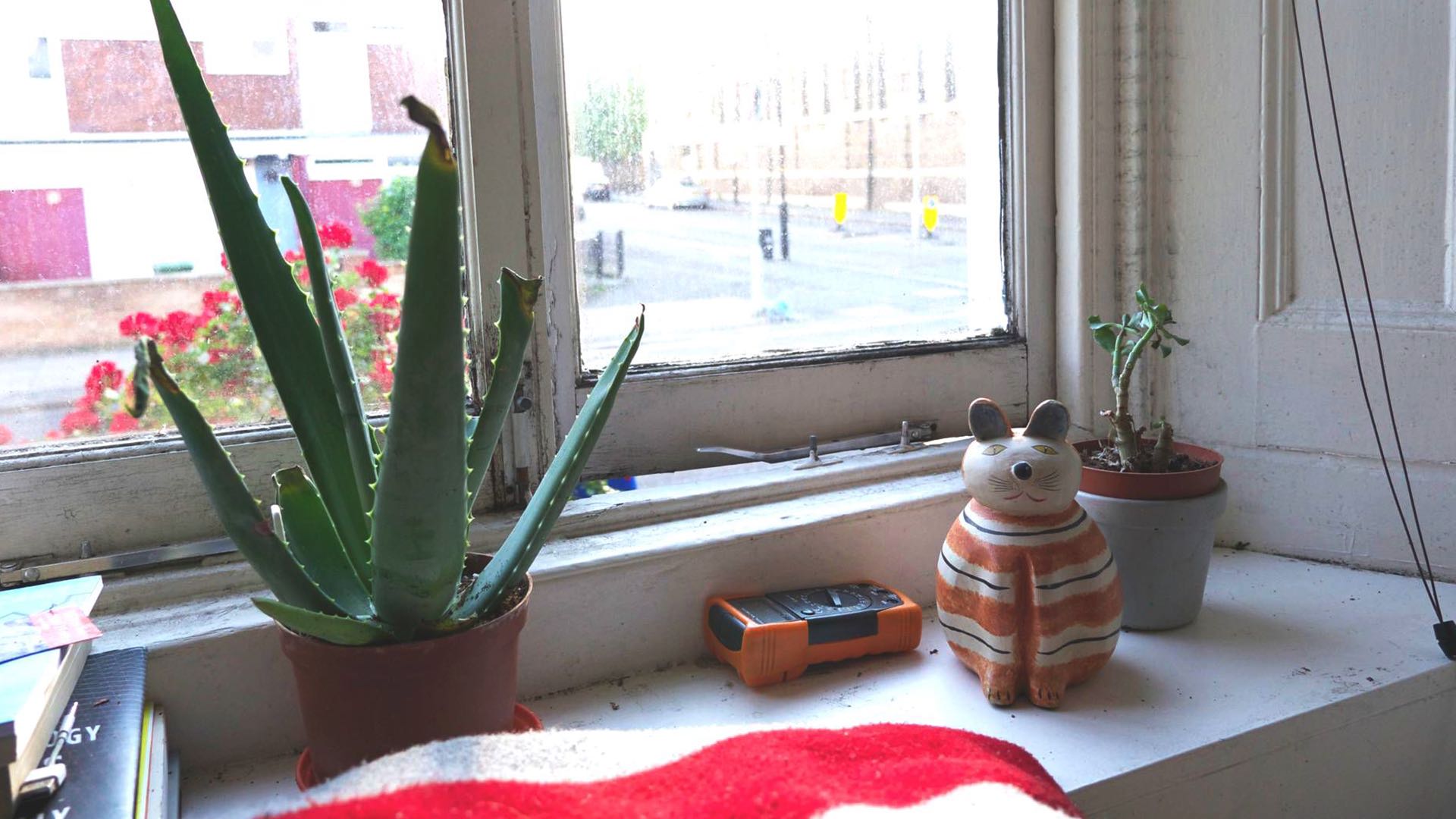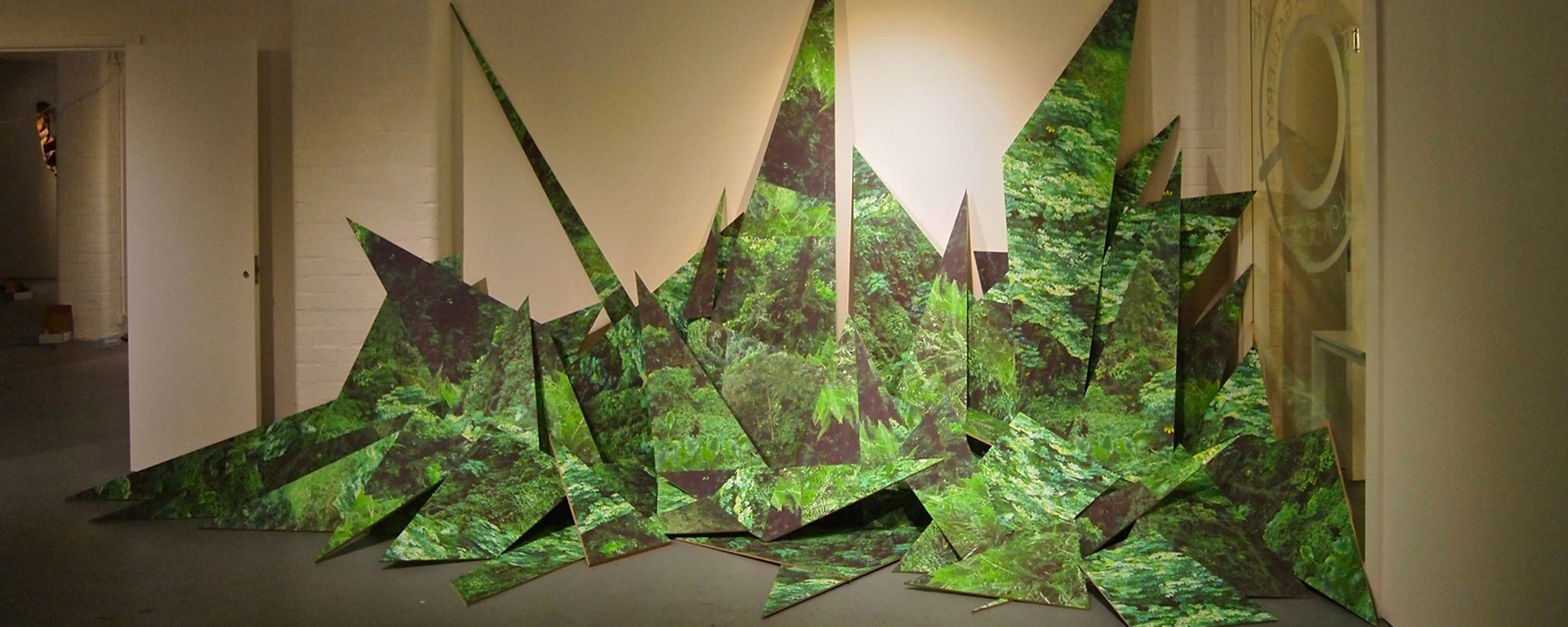
Glass Mirror
Awkward, big and odd-shaped, jutting into one another, cheaply printed into a temporary space. There are many words that you can use to describe what you see, but all of these words will be imprecise. You could say that the display seems to have shadows, lines, or that the images and colours seem somewhat ghostly, blurry, hazy, tinted, or faded.
You may not have realised it yet, but the error does not lie with these delicately engineered and precisely calibrated devices that are reproducing these images and projecting them upon our retinas. The error is actually within us – the human audience trying to imperfectly comprehend what we see in a reproduction of an image. It is human instinct to want to see something recognisable in everything; to discern some meaning even within random matter, to see something recognisable within every picture, no matter how degraded the quality of the image is.
But what does ‘quality’ really mean? How does one begin to quantify the ‘quality’ of an image? How does it affect our appreciation of the image, or original subject of the image? And what does quality mean when we apply it to life itself? What do people mean when they speak of “quality of life”?
It has always been intimated that one factor influencing the “quality of life” in Singapore are its green spaces. No expenses have been spared to build a towering artificial garden on prime waterfront land. PM Lee Hsien Loong described the 94ha project as being “far more impressive and convincing than any sales pitch by a minister, or a Powerpoint presentation by EDB. A potential investor who arrives in Singapore sees the greenery on the way from the airport to the city centre. He notices not just neatly manicured areas, but also patches of thick vegetation left undisturbed to be bird sanctuaries. He senses the planning, organisation and execution that has made this happen, the social discipline and the public standards that extend to all aspects of life in Singapore”.
Elsewhere, a real nature reserve containing the graves of the forefathers is excavated in preparation for the building of a new highway that promises to cut down someone’s travelling time in the future. As Lefebvre maintains, ‘the most important thing is to multiply the readings of the city’ and it is by observing the detritus of each individual fragment on its own that we may discover something important that we might otherwise not perceive.
Here, fragments of the Bukit Brown cemetery have been blown up and exploded into tiny, incoherent shards. Lush, rich, and detailed images have long been a thing of the past. But this is not the past; this is the future! And the future is not bleak, but it is maybe slightly out of focus. What was it again that you said you see in it?
2014
Digital Print on Wood
Embassy Gallery
In collaboration with Patrick Tantra, at "Hold Infinity in the Palm of Your Hand", curated by Annie Jael Kwan.

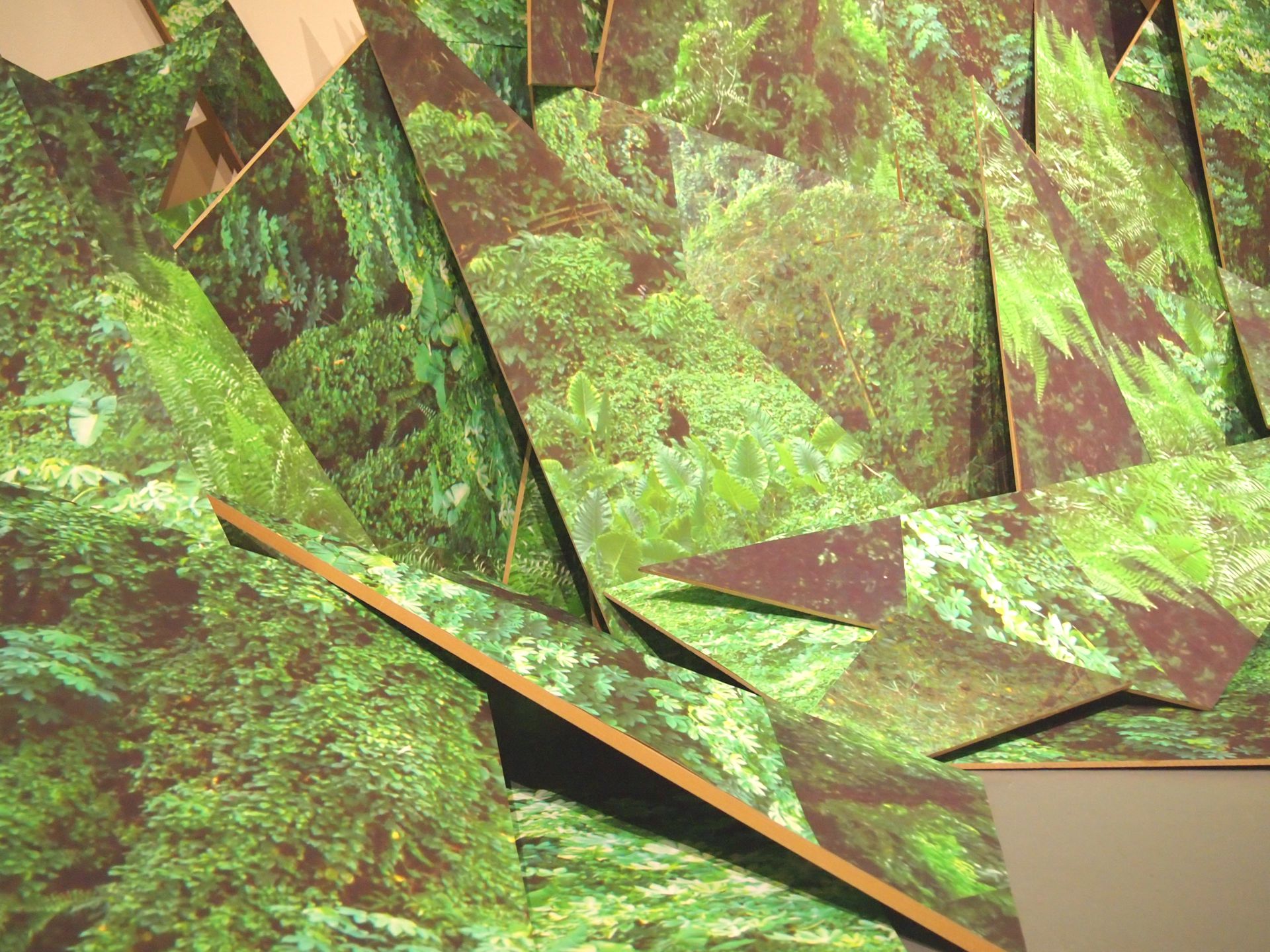
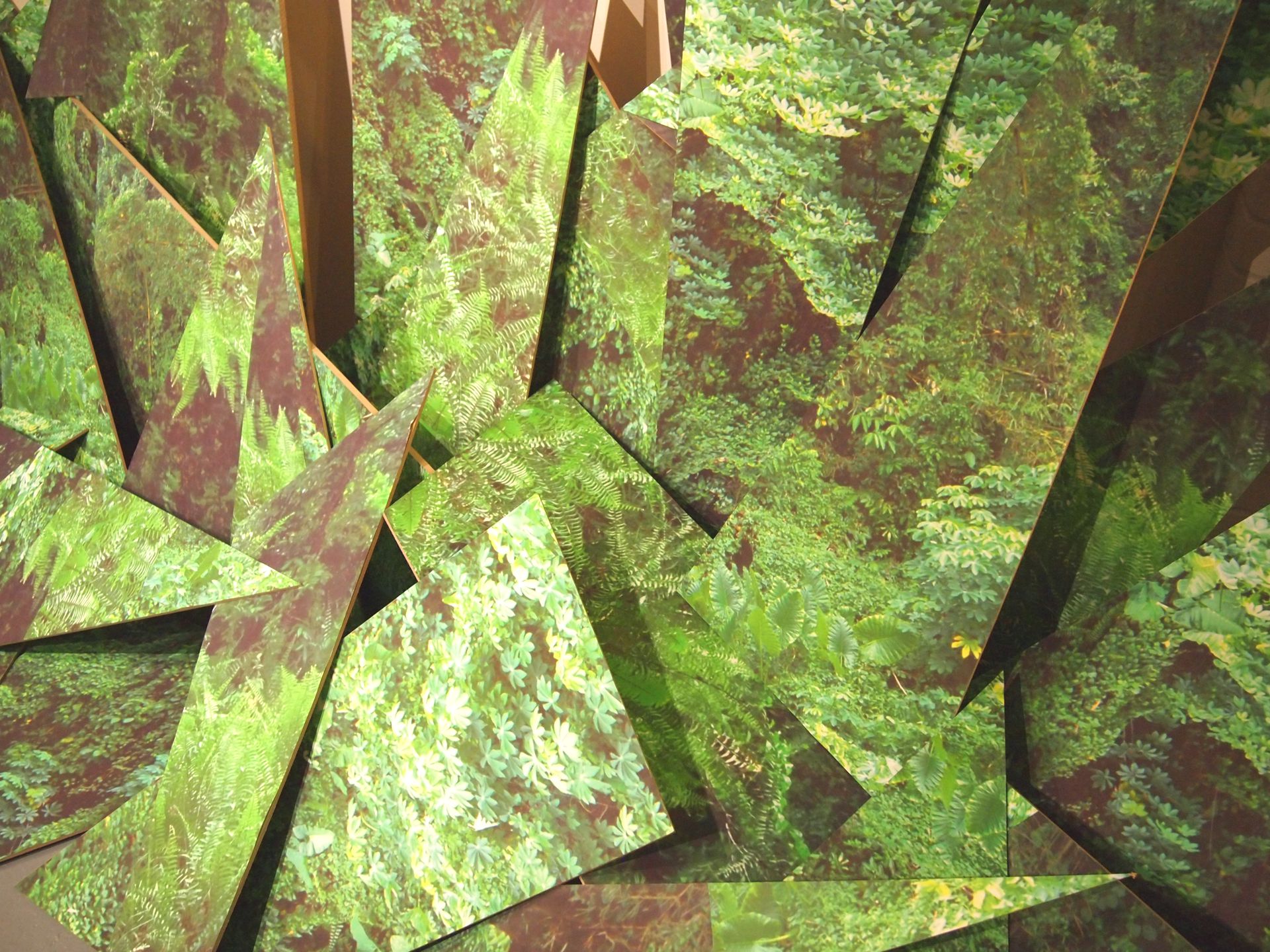
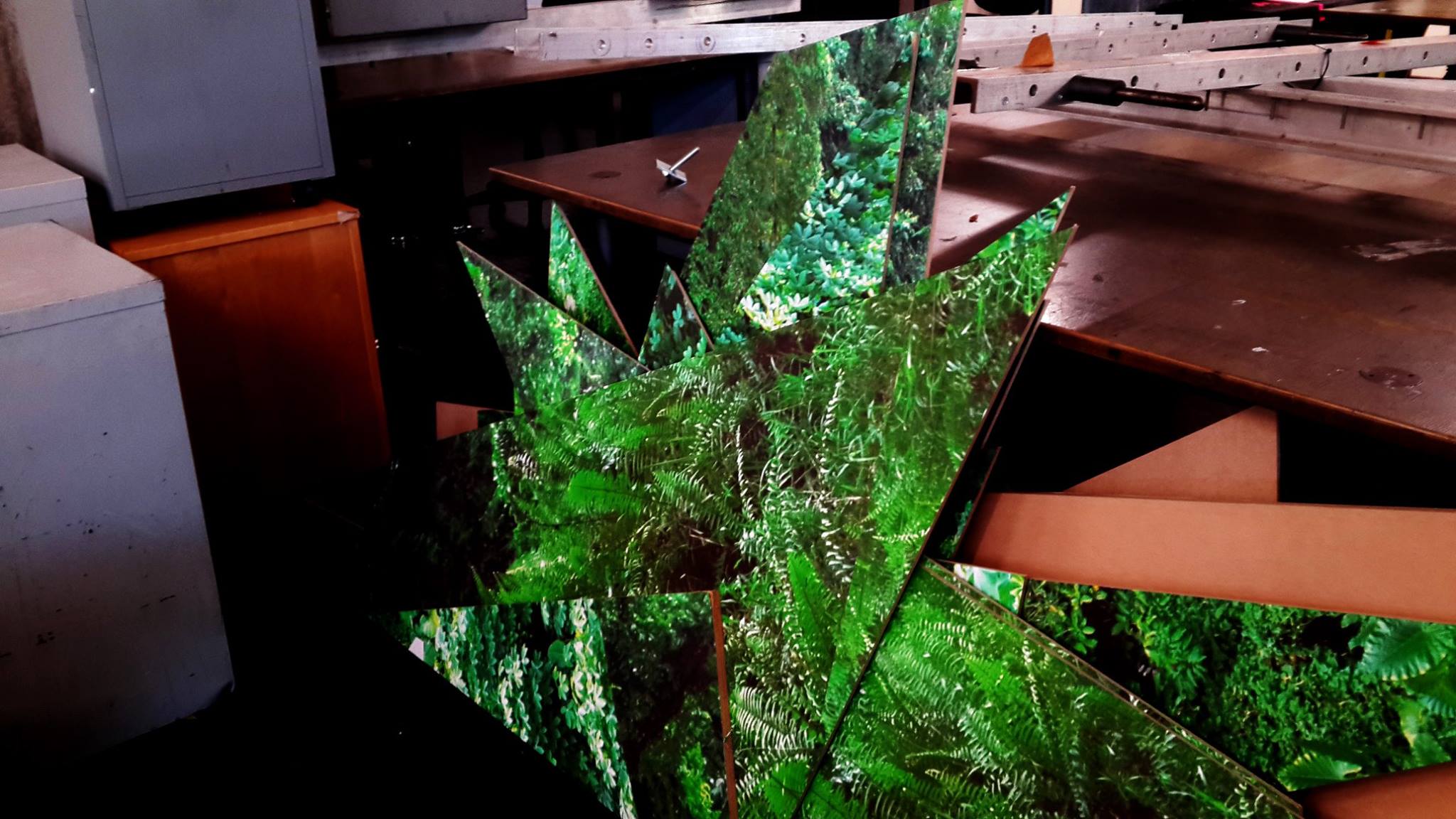

.jpg)
